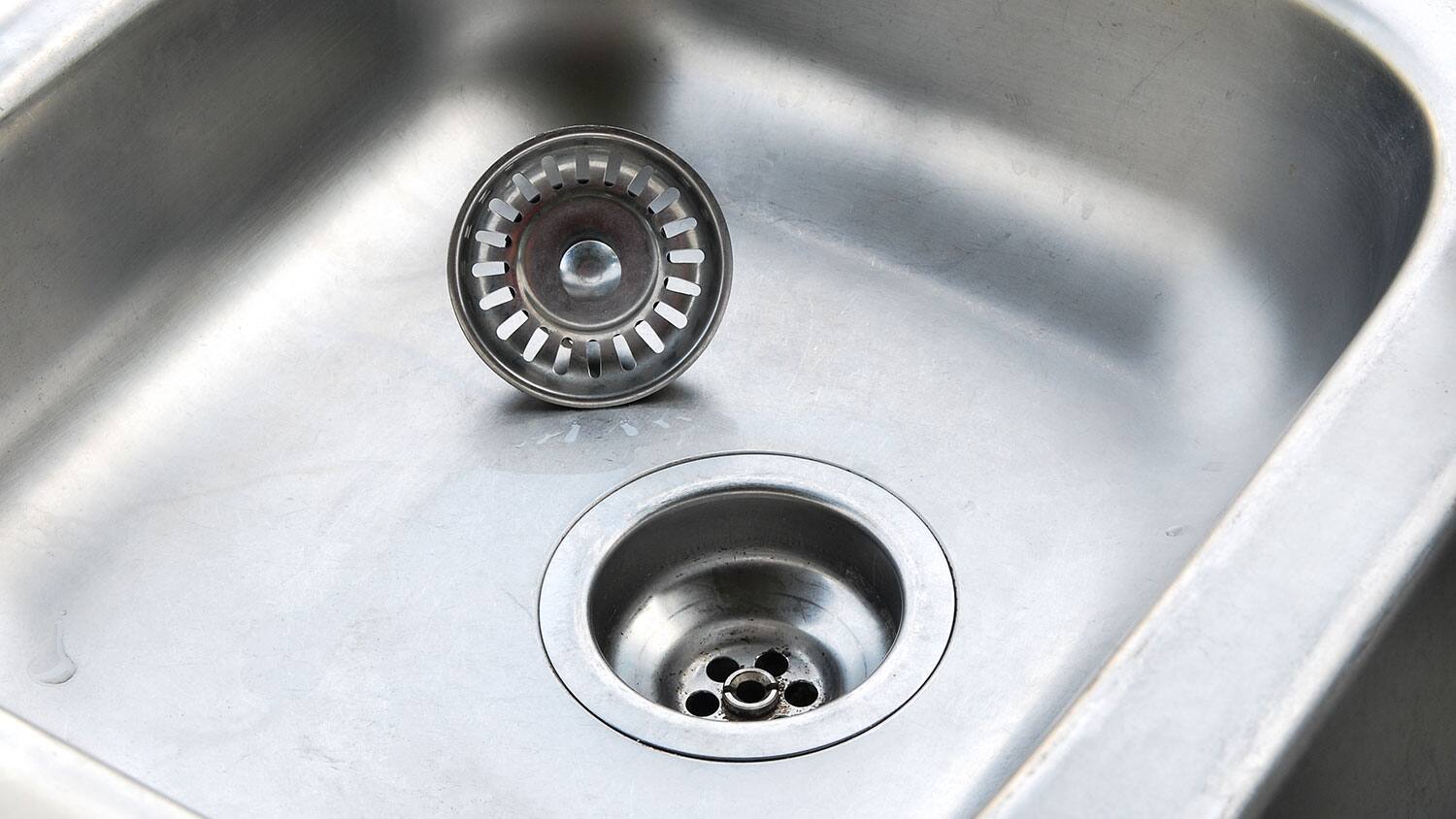

Articles
How To Remove A Drain From A Sink
Modified: February 23, 2024
Learn how to remove a drain from a sink with our comprehensive article guide. Discover step-by-step instructions and expert tips for a successful removal process.
(Many of the links in this article redirect to a specific reviewed product. Your purchase of these products through affiliate links helps to generate commission for Storables.com, at no extra cost. Learn more)
Introduction
Welcome to this comprehensive guide on how to remove a drain from a sink. Whether you’re looking to replace a faulty drain or simply wanting to clean out accumulated debris, knowing how to remove a sink drain is an essential skill for any DIY enthusiast or homeowner. In this article, we will walk you through each step of the process, from preparing the work area to properly reconnecting the drain pipe. So, grab your tools and let’s get started!
Before we dive into the step-by-step guide, it’s important to note that the specific method for removing a sink drain may vary depending on the type of sink you have. However, the overall process remains relatively similar across different sink styles, including bathroom sinks, kitchen sinks, and utility sinks. Just be sure to consult your sink manufacturer’s instructions for any model-specific information.
Now, let’s take a look at the tools and materials you’ll need to successfully remove a drain from a sink.
Key Takeaways:
- Master the art of removing a sink drain with ease by following a step-by-step guide. From preparing the work area to testing for leaks, this comprehensive article equips DIY enthusiasts with the skills to tackle this essential task.
- Prioritize safety, wear protective gear, and consult manufacturer’s instructions for model-specific guidance when removing a sink drain. With the right tools and precautions, anyone can confidently maintain their sink’s optimal functionality.
Read more: How To Remove Paint From A Sink
Tools and Materials Needed
Before you begin removing the drain from your sink, it’s important to gather all the necessary tools and materials. Here’s a list of what you’ll need:
- Adjustable wrench
- Plumbers’ Pliers
- Screwdriver
- Bucket or container
- Plumber’s tape (Teflon tape)
- Old towels or rags
- Cleaning brush or pipe cleaner
- Penetrating oil (if needed)
Having these tools and materials ready will ensure a smoother and more efficient removal process. Now that you’re prepared, let’s move on to the first step of removing a drain from a sink.
Step 1: Prepare the Work Area
Before you can begin removing the drain from your sink, it’s important to prepare the work area to ensure a clean and safe working environment. Follow these steps to get started:
- Clear the area: Remove any items from around the sink that could obstruct your access to the drain. This includes soap dispensers, toothbrush holders, and any other personal items.
- Protect the sink: Place old towels or rags in the bottom of the sink to protect the surface from potential scratches or damage during the removal process.
- Turn off the water supply: Locate and turn off the water supply valves underneath the sink. This will prevent any accidental water leakage during the removal process.
- Empty the sink: If there is any standing water in the sink, drain it completely to avoid any potential mess during the removal process. You can use a bucket or container to collect and dispose of the water.
- Put on protective gear: It’s always a good idea to wear gloves to protect your hands during the removal process. Additionally, consider wearing safety glasses to protect your eyes from any debris that may be dislodged.
By taking the time to properly prepare the work area, you’ll ensure a smoother and more efficient removal process. Now that you’ve set up the work area, it’s time to move on to the next step: loosening the sink drain locknut.
Step 2: Loosen the Sink Drain Locknut
Now that you’ve prepared the work area, it’s time to loosen the sink drain locknut. The locknut is what holds the drain assembly in place, so loosening it will allow you to remove the drain. Follow these steps to proceed:
- Locate the locknut: Underneath the sink, locate the locknut that is securing the drain. It is typically located where the drain pipe meets the bottom of the sink.
- Use pliers or a wrench: Depending on the type of locknut, use a pair of pliers or an adjustable wrench to grip the locknut. Make sure the tool is firmly in place to provide a good grip.
- Turn counterclockwise: Slowly and steadily, turn the locknut counterclockwise to loosen it. Keep in mind that some locknuts may be very tight, so you may need to apply some force or use a penetrating oil to help loosen stubborn locknuts.
- Continue loosening: Once the locknut is loosened, keep turning counterclockwise until it is completely detached from the drain assembly.
By loosening the sink drain locknut, you’re one step closer to removing the drain from the sink. However, we’re not done yet. The next step involves disconnecting the drain pipe, so let’s move on to step 3.
Step 3: Disconnect the Drain Pipe
With the sink drain locknut loosened, it’s time to disconnect the drain pipe. This step involves detaching the pipe connected to the drain assembly. Follow these steps to proceed:
- Locate the drain pipe: Identify the section of the pipe that connects to the drain assembly. It is usually a curved pipe that extends from the drain.
- Loosen the pipe connections: Use a pair of pliers or a wrench to loosen the connections between the drain pipe and the rest of the plumbing. This may involve loosening slip nuts or compression fittings.
- Remove the drain pipe: Once the connections are loosened, carefully remove the drain pipe from the drain assembly. Be prepared for any residual water or debris that may come out of the pipe. You can place a bucket or container beneath the pipe to catch any spills.
- Inspect the drain pipe: Take a moment to visually inspect the drain pipe for any signs of damage or clogs. If you notice any issues, now is a good time to address them before proceeding with the removal process.
By disconnecting the drain pipe, you’ve successfully separated the drain assembly from the plumbing system. The next step involves removing the drain assembly itself, so let’s move on to step 4.
Read more: How To Remove Faucet From Sink
Step 4: Remove the Drain Assembly
After disconnecting the drain pipe, it’s time to remove the drain assembly itself from the sink. This step involves detaching the drain assembly from the sink’s drain hole. Follow these steps to proceed:
- Inspect the drain assembly: Take a moment to observe the drain assembly and familiarize yourself with its components. This will help you understand how it is secured to the sink and how to properly remove it.
- Check for additional fasteners: Some drain assemblies may have additional screws or fasteners securing them to the sink. If you notice any, use a screwdriver or the appropriate tool to remove them.
- Twist and lift: With the fasteners removed, gently twist and lift the drain assembly upwards. Apply even pressure to ensure that it lifts evenly without causing any damage to the sink or drain hole. If the drain assembly feels stuck, you can use a gentle rocking motion to help loosen it.
- Remove the drain assembly: Once the drain assembly is free, carefully lift it out of the sink. Be cautious of any lingering debris or water that may be present.
By successfully removing the drain assembly, you’re one step closer to completing the process. However, it’s important to take a moment to clean and inspect the drain before installing a new one. Let’s move on to step 5.
Use a pair of pliers to loosen the slip nut connecting the P-trap to the drain pipe. Once the nut is loose, you can remove the P-trap and access the drain for removal.
Step 5: Clean and Inspect the Drain
Now that you’ve removed the drain assembly, it’s essential to take the time to clean and inspect the drain. This step ensures that the drain is free from debris and any potential clogs. Follow these steps to proceed:
- Remove any debris: Use a cleaning brush or pipe cleaner to remove any debris or residue from the drain. Pay special attention to areas where clogs are likely to occur, such as the P-trap or the drain hole itself.
- Inspect for clogs: Carefully examine the drain for any signs of clogs or blockages. If you notice any obstructions, use a plunger or a plumbing snake to clear them out. This will help prevent future drainage issues.
- Clean the drain pipe: If necessary, clean the drain pipe that you disconnected earlier. Use a cleaning brush or pipe cleaner to remove any debris or buildup inside the pipe. This will help ensure proper water flow once you reconnect the drain assembly.
- Check for damage: Take a moment to inspect the drain and surrounding areas for any signs of damage, such as cracks or leaks. If you notice any issues, it may be necessary to repair or replace the affected components before proceeding.
By cleaning and inspecting the drain, you’re ensuring that it’s in optimal condition before moving forward. Now, depending on your needs, you have the option to either install a new drain or reassemble the existing one. If you choose to install a new drain, continue with step 6. Otherwise, skip to step 7 to reconnect the drain pipe.
Step 6: Install the New Drain (optional)
If you’ve chosen to replace the drain with a new one, this step will guide you through the installation process. Installing a new drain can improve functionality and prevent future issues. Follow these steps to proceed:
- Choose the right drain: Select a drain assembly that is compatible with your sink and plumbing system. Measure the diameter of your drain hole to ensure the new drain will fit properly.
- Apply plumber’s tape: Wrap plumber’s tape (Teflon tape) around the threads of the drain assembly to create a tight seal. This will help prevent leaks once the drain is installed.
- Insert the new drain: Carefully insert the new drain assembly into the drain hole of the sink. Make sure it is properly aligned and seated securely.
- Tighten the locknut: Underneath the sink, use pliers or an adjustable wrench to tighten the locknut. Gradually turn it clockwise to secure the drain assembly in place. Be careful not to overtighten, as it can damage the components.
- Test for leaks: Once the locknut is tightened, turn on the water supply and check for any leaks around the drain assembly. If you notice any leaks, gently tighten the locknut further or reapply plumber’s tape if necessary.
By installing a new drain, you can ensure optimal functionality and prevent any future issues. However, if you’ve chosen to reassemble the existing drain, proceed to step 7 to reconnect the drain pipe.
Step 7: Reconnect the Drain Pipe
If you’ve opted to reassemble the existing drain, it’s time to reconnect the drain pipe. Follow these steps to properly reconnect the drain pipe:
- Inspect the drain pipe: Take a moment to inspect the drain pipe for any signs of damage or clogs. Clear any debris or buildup that may have accumulated during the removal process.
- Apply plumber’s tape: Wrap plumber’s tape (Teflon tape) around the threads of the drain pipe to create a tight seal. This will help prevent leaks once the pipe is reconnected.
- Insert the drain pipe: Carefully insert the end of the drain pipe into the appropriate connector or fitting. Ensure that it is securely seated and properly aligned.
- Tighten the connections: Use pliers or an adjustable wrench to tighten the connections between the drain pipe and the rest of the plumbing system. Apply firm, even pressure to create a watertight seal.
- Test for leaks: Once the connections are tightened, turn on the water supply and check for any leaks around the drain pipe. If you notice any leaks, tighten the connections further or reapply plumber’s tape if necessary.
By reconnecting the drain pipe, you’re bringing everything back together and ensuring proper water flow from the sink. The next step involves tightening the sink drain locknut, so let’s move on to step 8.
Read more: How To Remove Sand From A Bathtub Drain
Step 8: Tighten the Sink Drain Locknut
With the drain pipe reconnected, it’s time to tighten the sink drain locknut to secure the drain assembly in place. Follow these steps to properly tighten the locknut:
- Locate the locknut: Underneath the sink, find the locknut that secures the drain assembly. It is typically located where the drain pipe meets the bottom of the sink.
- Use pliers or a wrench: Depending on the type of locknut, use pliers or an adjustable wrench to grip the locknut. Ensure that the tool is firmly in place to provide a good grip.
- Turn clockwise: Slowly and steadily, turn the locknut clockwise to tighten it. Apply even pressure, but be careful not to overtighten and risk damaging the components.
- Check for stability: As you tighten the locknut, check that the drain assembly remains stable and properly aligned. Make any necessary adjustments to ensure a secure fit.
By properly tightening the locknut, you’re ensuring that the drain assembly is securely held in place. However, before considering the job complete, it’s important to test for leaks. Let’s move on to step 9 to perform a leak test.
Step 9: Test for Leaks
Now that you’ve completed the installation and tightened the locknut, it’s important to test for any potential leaks in your newly reassembled drain. Follow these steps to perform a leak test:
- Turn on the water supply: Turn on the water supply valves underneath the sink to allow water to flow through the drain pipe.
- Observe the drain assembly: Carefully watch the drain assembly and surrounding areas for any signs of water leakage. Pay close attention to the connections, drain seal, and any visible pipes.
- Check for drips or pooling water: Look for any drips or pooling water around the drain assembly or underneath the sink. Even the smallest drop of water can indicate a leak that needs to be addressed.
- Inspect the drain seal: Examine the drain seal for any signs of water escape. Ensure that the seal is properly aligned and providing an effective barrier against leaks.
- Make necessary adjustments: If you notice any leaks, drips, or pooling water, carefully tighten the affected connections or consider using plumber’s tape to create a tighter seal. If the issue persists, consult a professional plumber for further assistance.
By thoroughly testing for leaks, you can ensure that your drain is properly installed and functioning without any unwanted water leakage. Once you’ve confirmed that there are no leaks, you can consider the job complete and enjoy the freshly reassembled drain in your sink.
Congratulations! You’ve successfully learned how to remove a drain from a sink and reassemble it. By following these steps, you’ve not only gained a useful DIY skill but also ensured the optimal functionality of your sink’s drainage system.
Remember, if you ever feel unsure or uncomfortable with any step of the process, it’s always advisable to consult a professional plumber who can assist you. Now go ahead and enjoy your clean and functional sink!
Conclusion
Removing a drain from a sink may seem like a daunting task, but with the right tools and a step-by-step approach, it can be easily accomplished. In this comprehensive guide, we’ve covered each stage of the process, from preparing the work area to testing for leaks. By following these steps, you’ll be able to remove and reassemble a drain with confidence, whether you’re looking to replace a faulty drain or simply clean out accumulated debris.
Throughout the process, it’s important to prioritize safety by wearing protective gear and taking the necessary precautions. Additionally, remember to consult your sink manufacturer’s instructions for any model-specific information or guidance.
By successfully removing and reassembling the drain, you can ensure optimal water flow and prevent any potential issues such as leaks or clogs. Regular maintenance and cleaning of your drain will help maintain its functionality and prolong its lifespan.
If at any point you feel uncertain or uncomfortable with any step, it’s always a good idea to consult a professional plumber who can provide guidance or assistance. Their expertise can help ensure the job is done correctly and efficiently.
With the knowledge and skills gained from this guide, you can confidently tackle your sink’s drain removal and reassembly. So go ahead, roll up your sleeves, and get ready to take on your next DIY project with ease!
Frequently Asked Questions about How To Remove A Drain From A Sink
Was this page helpful?
At Storables.com, we guarantee accurate and reliable information. Our content, validated by Expert Board Contributors, is crafted following stringent Editorial Policies. We're committed to providing you with well-researched, expert-backed insights for all your informational needs.
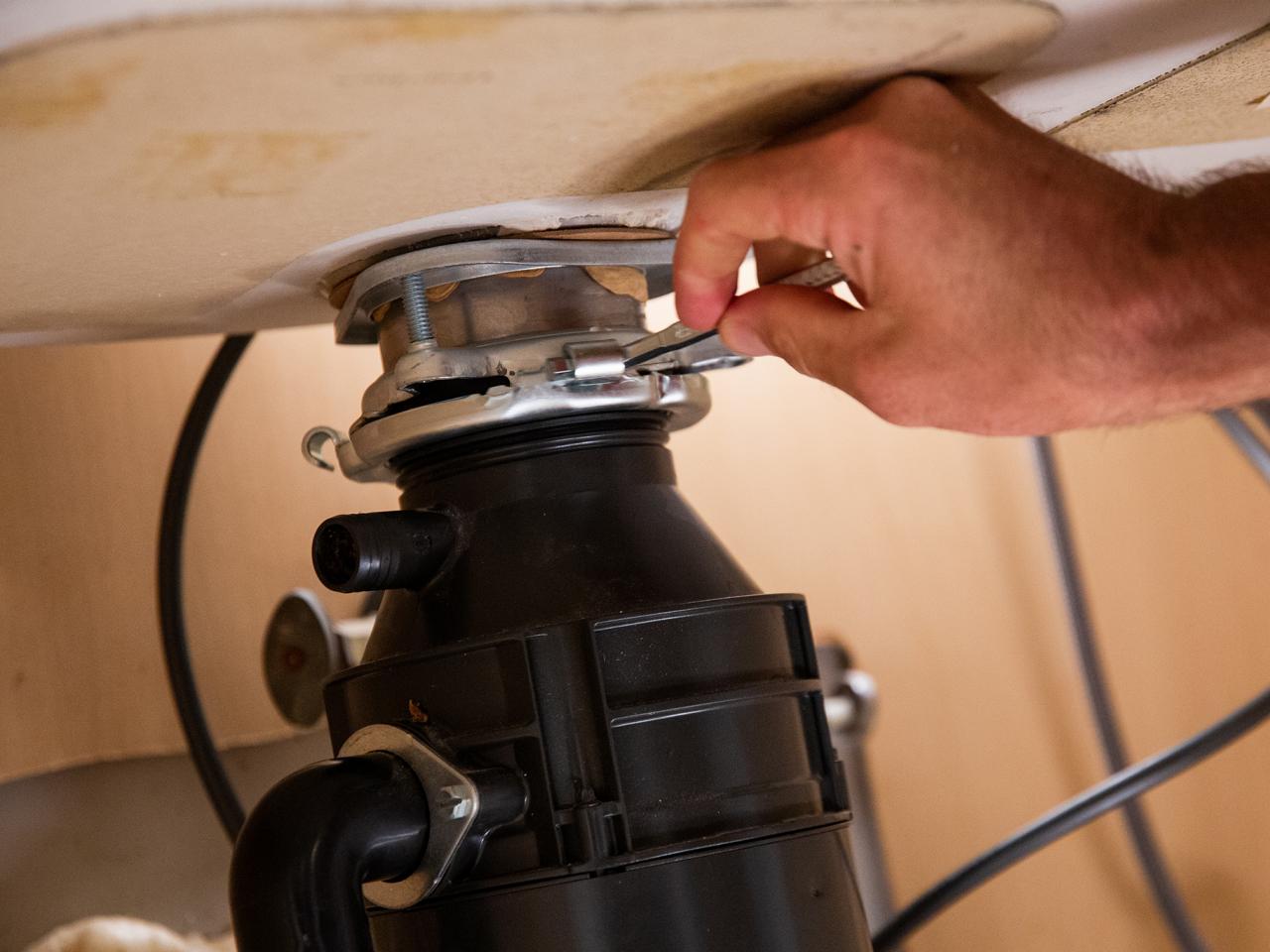
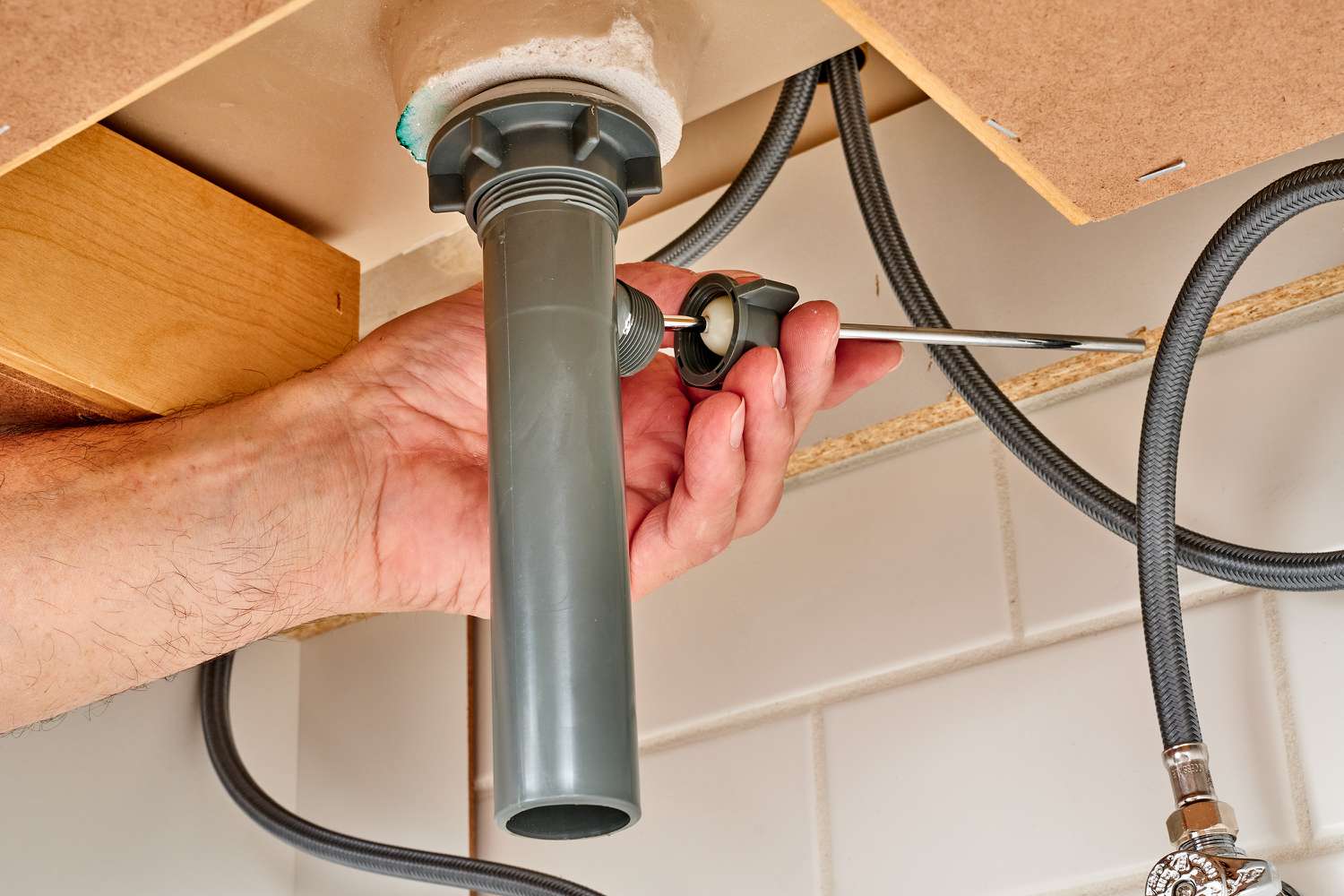
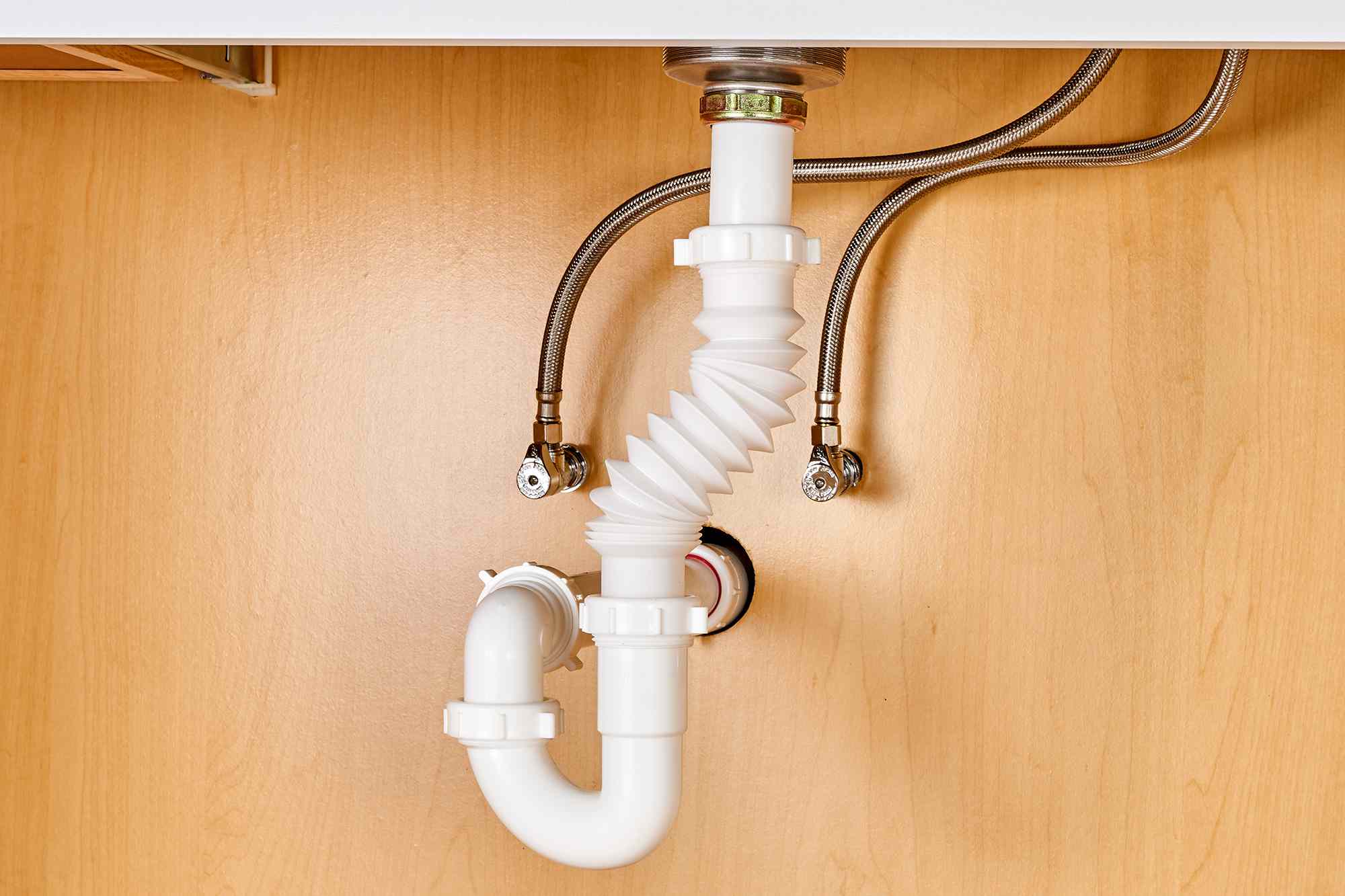
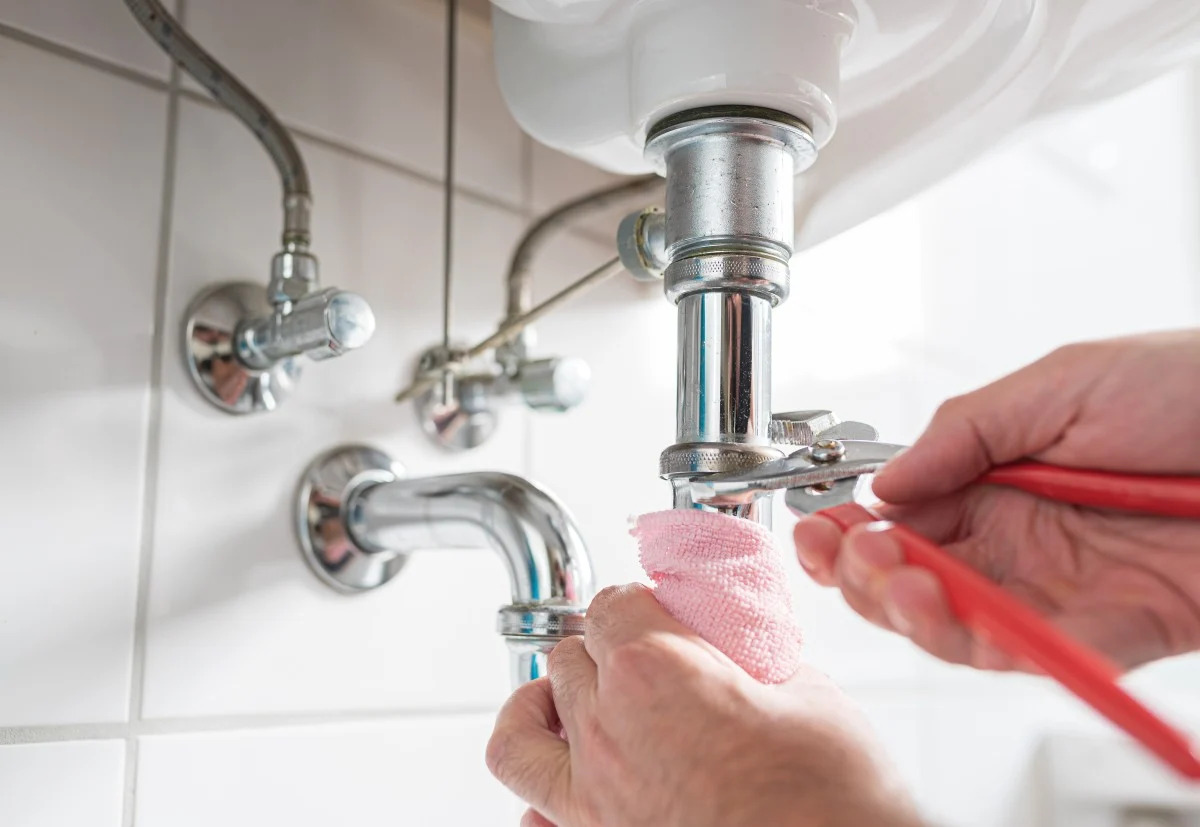
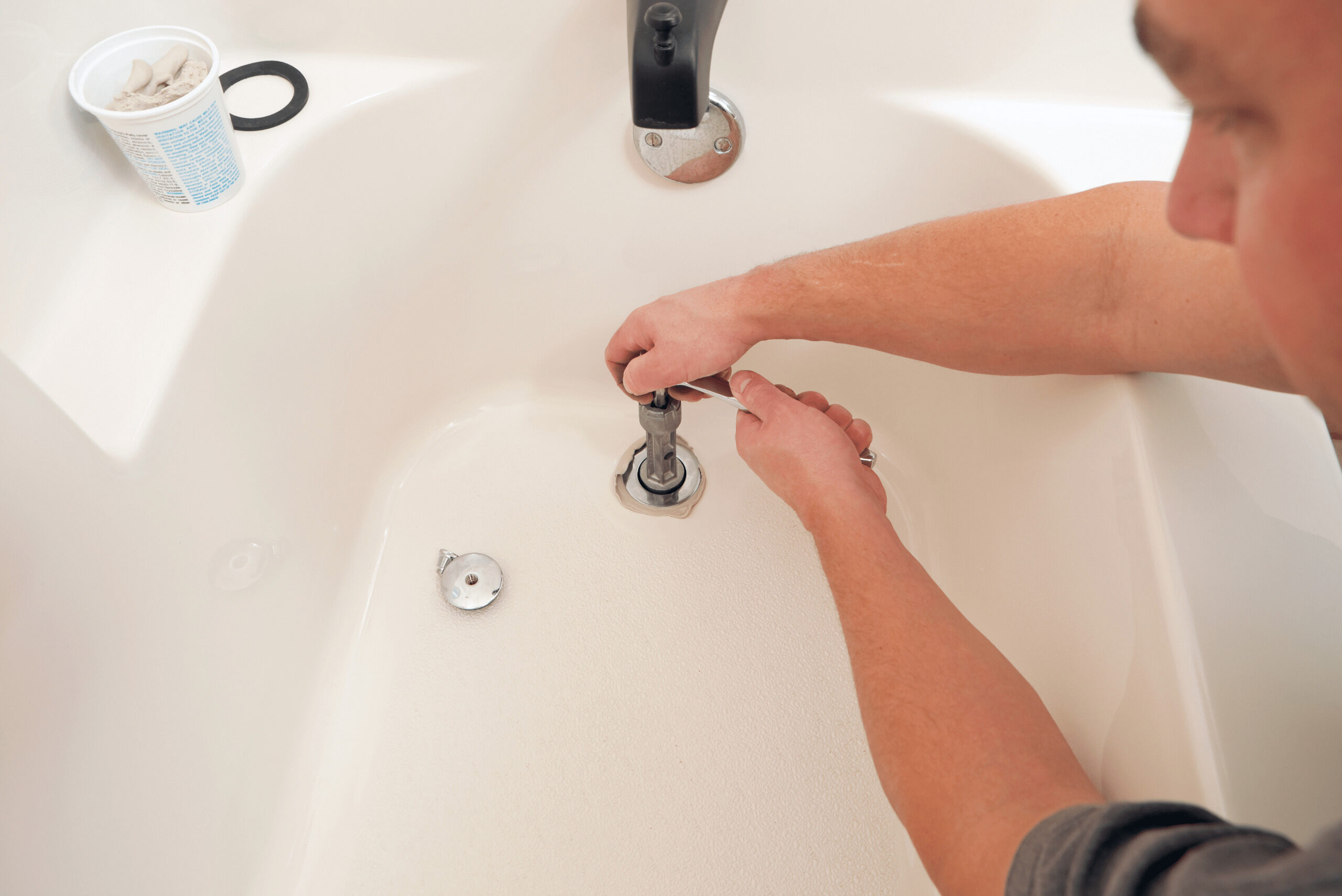
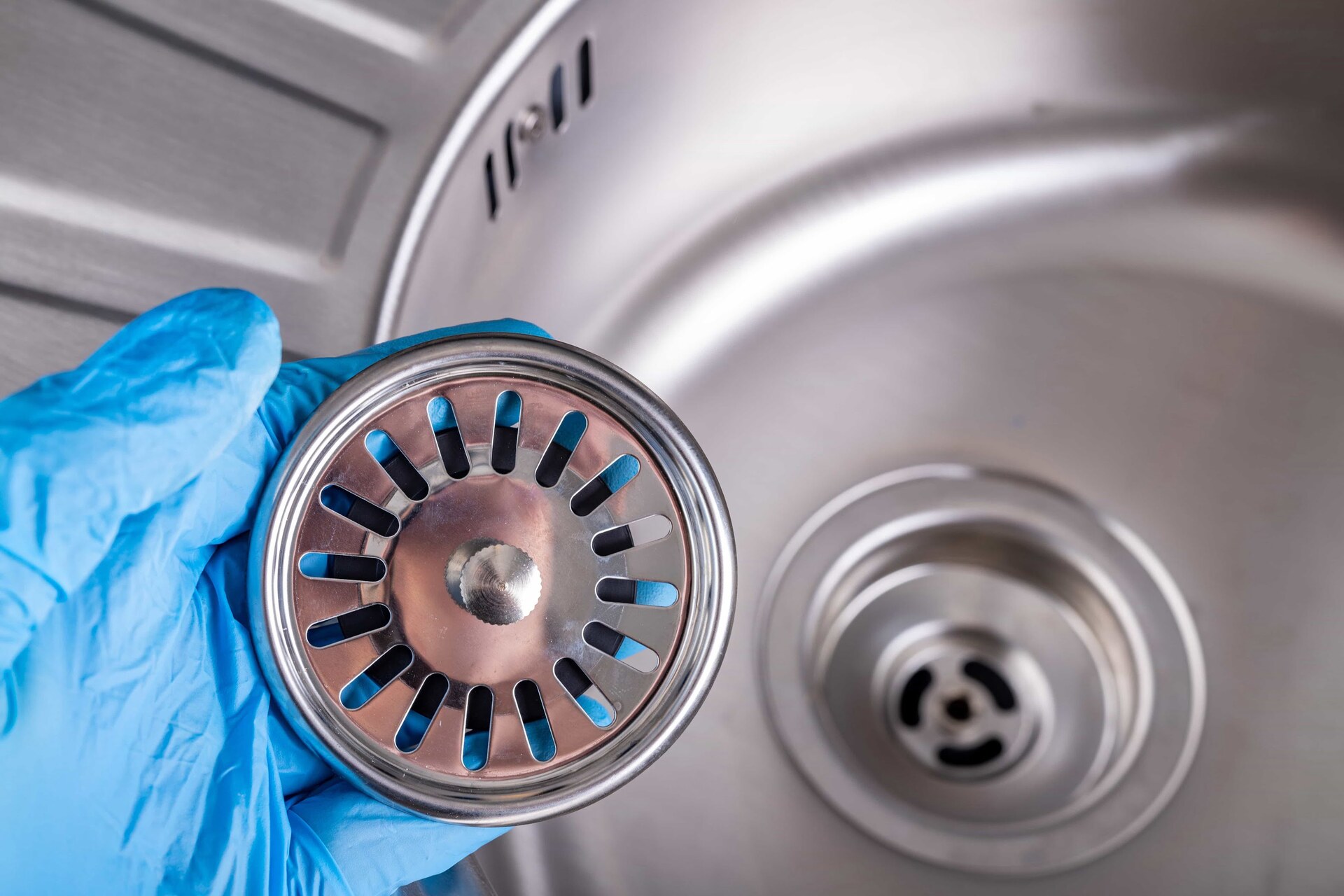
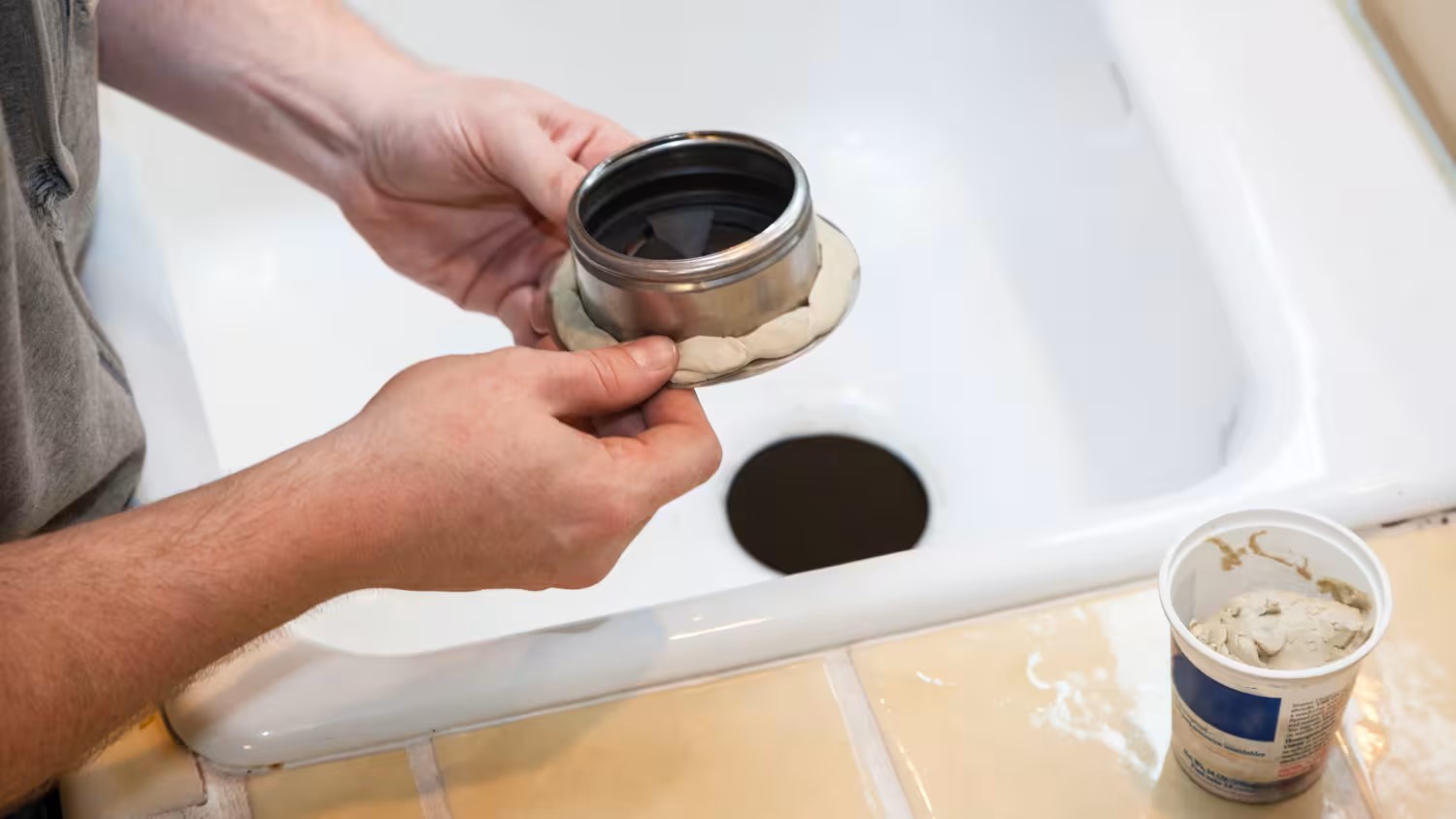
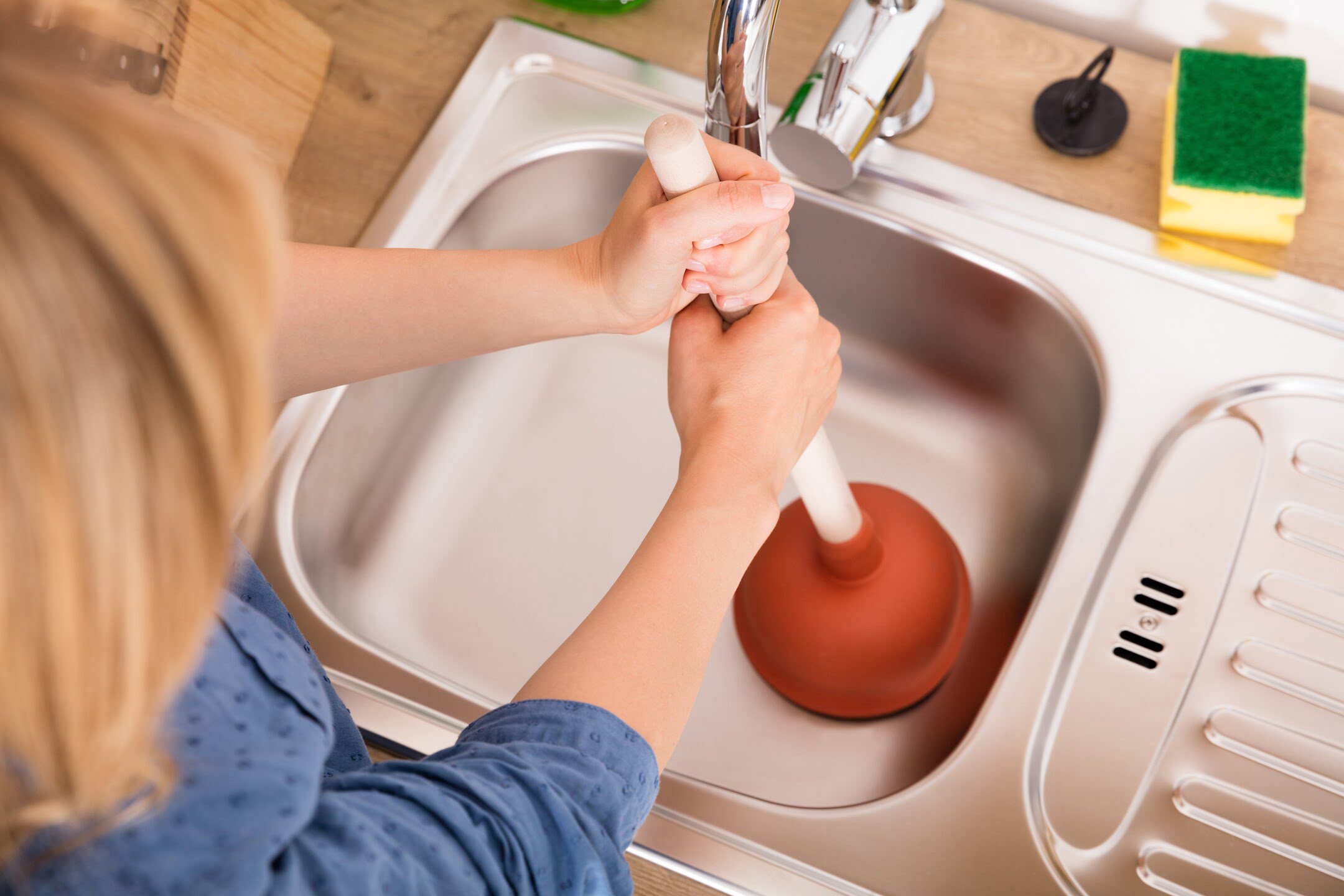
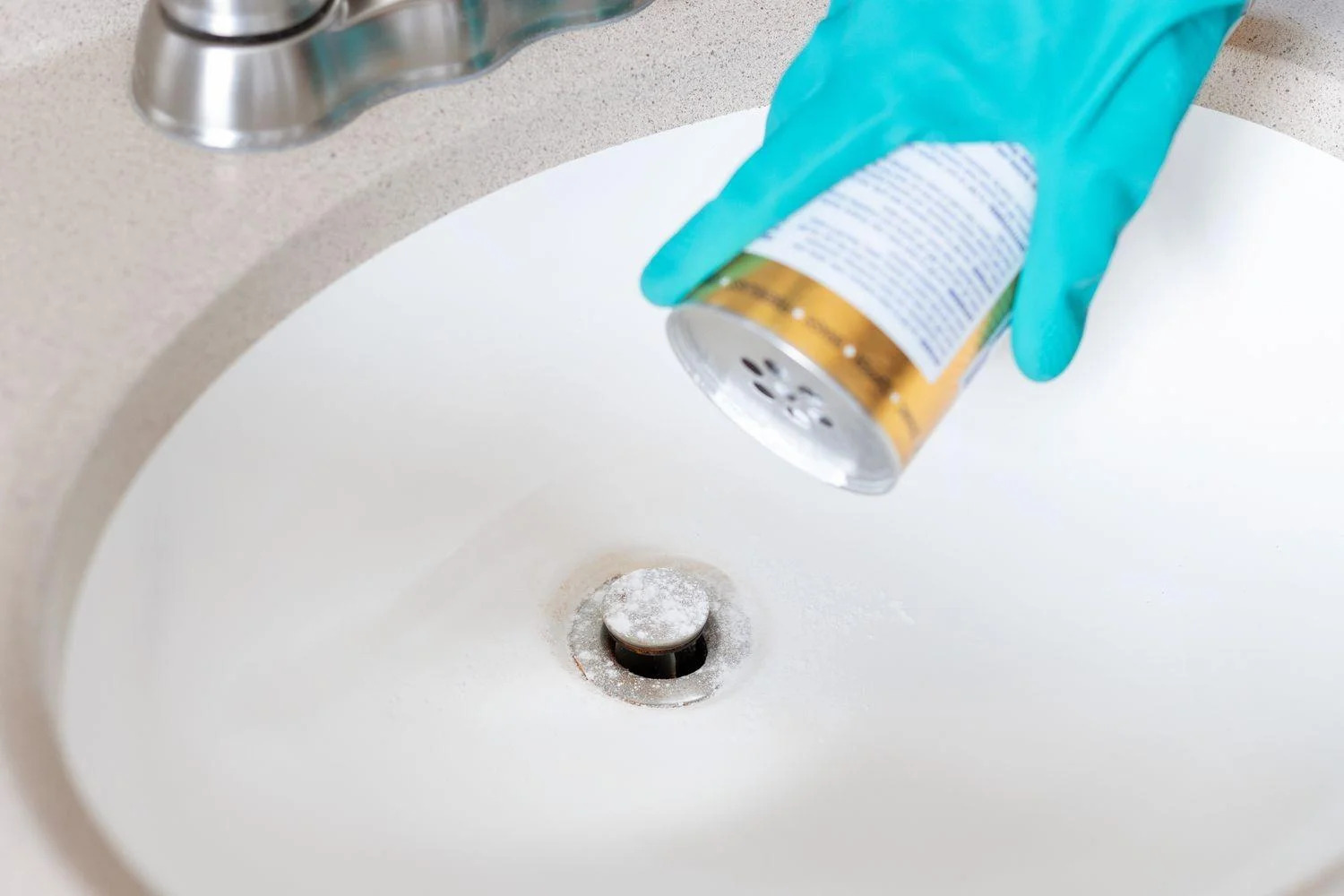
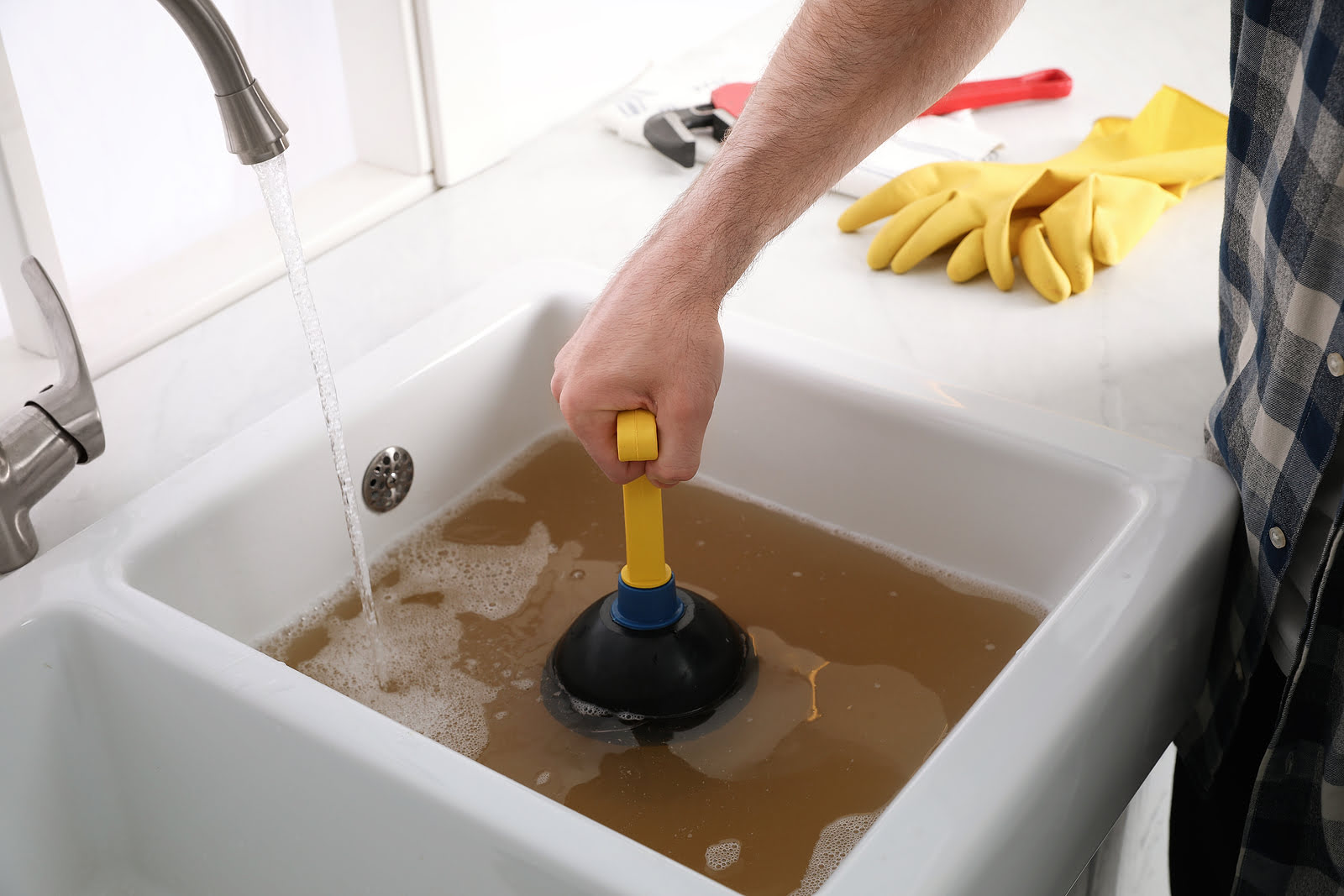
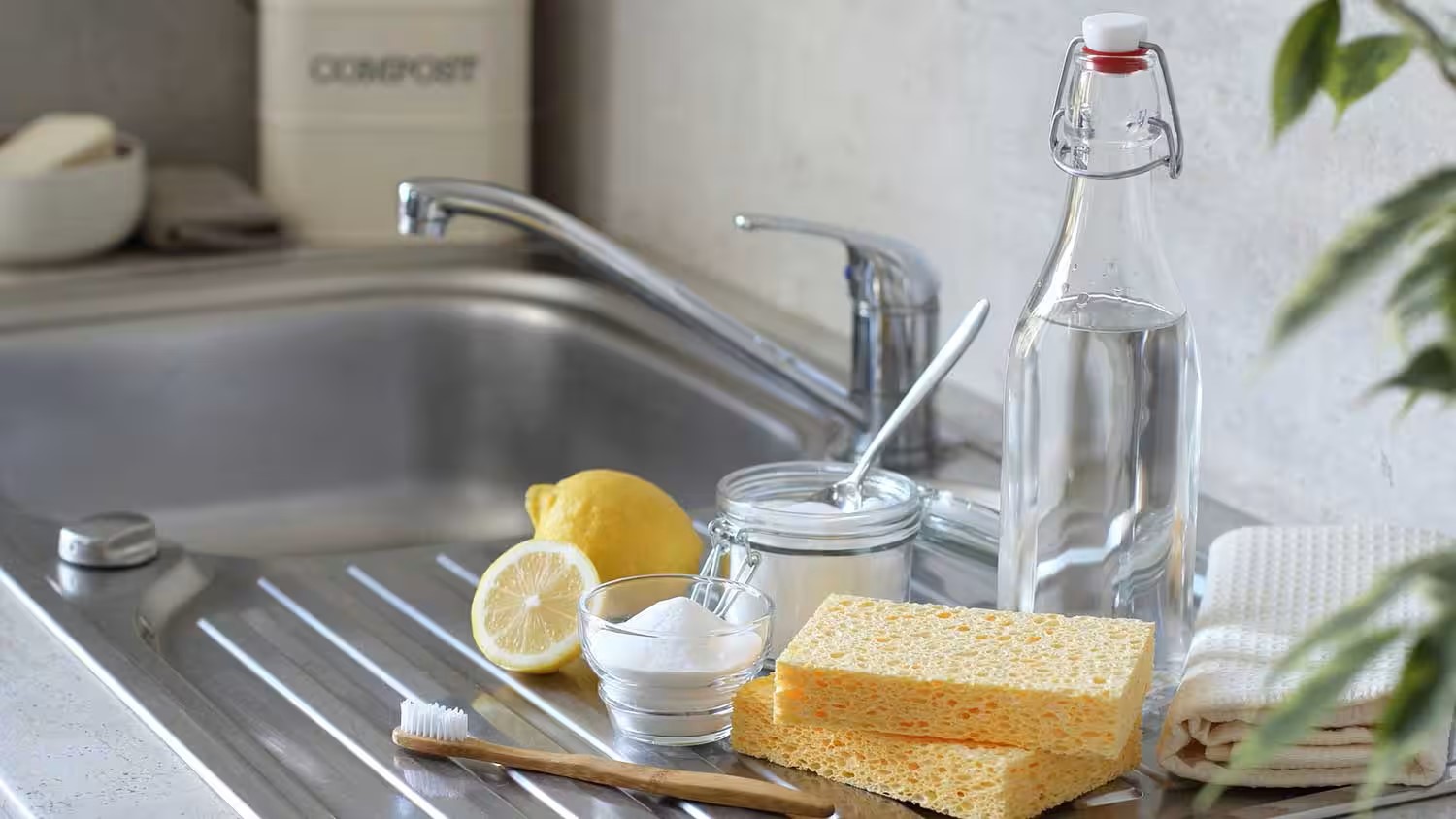
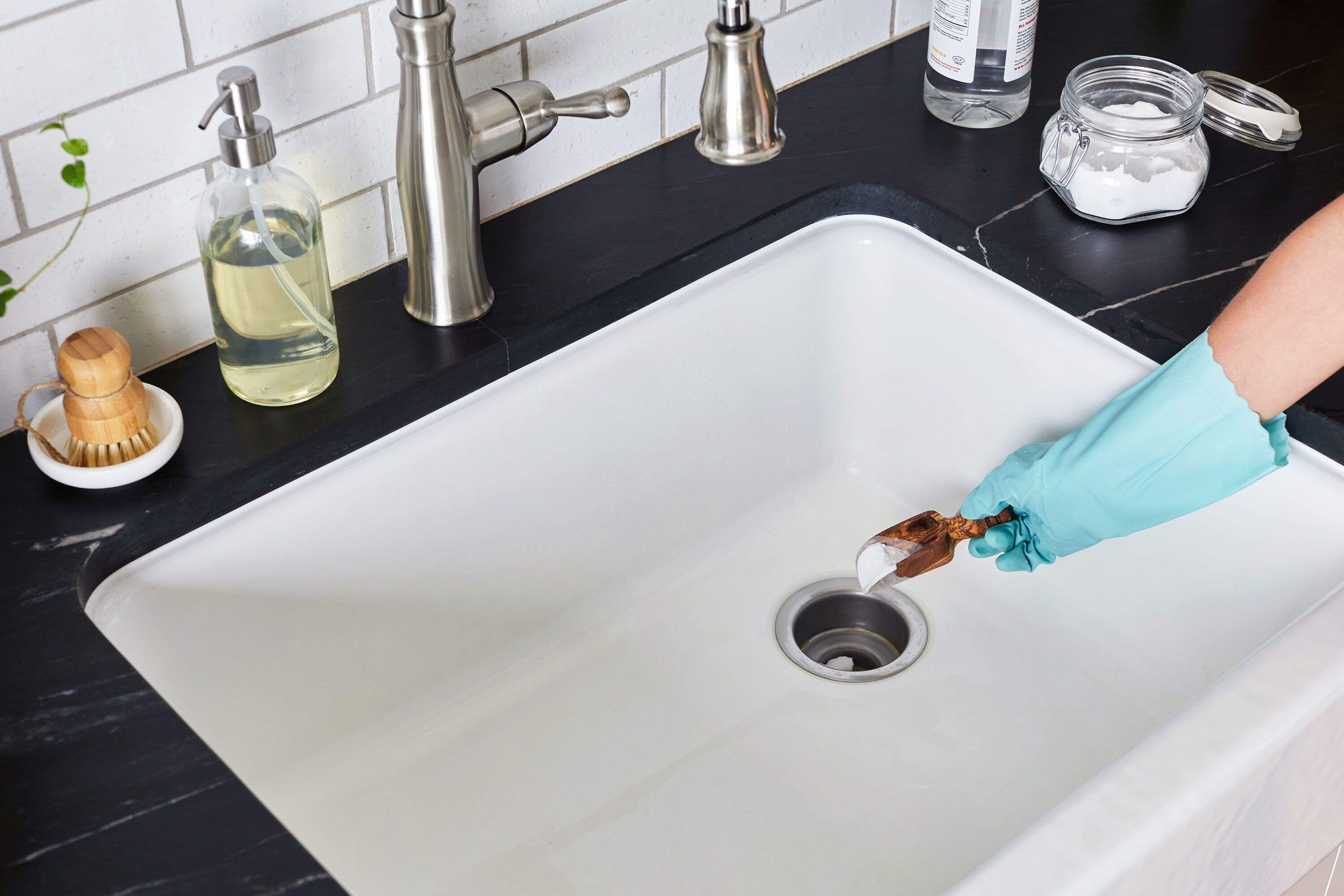
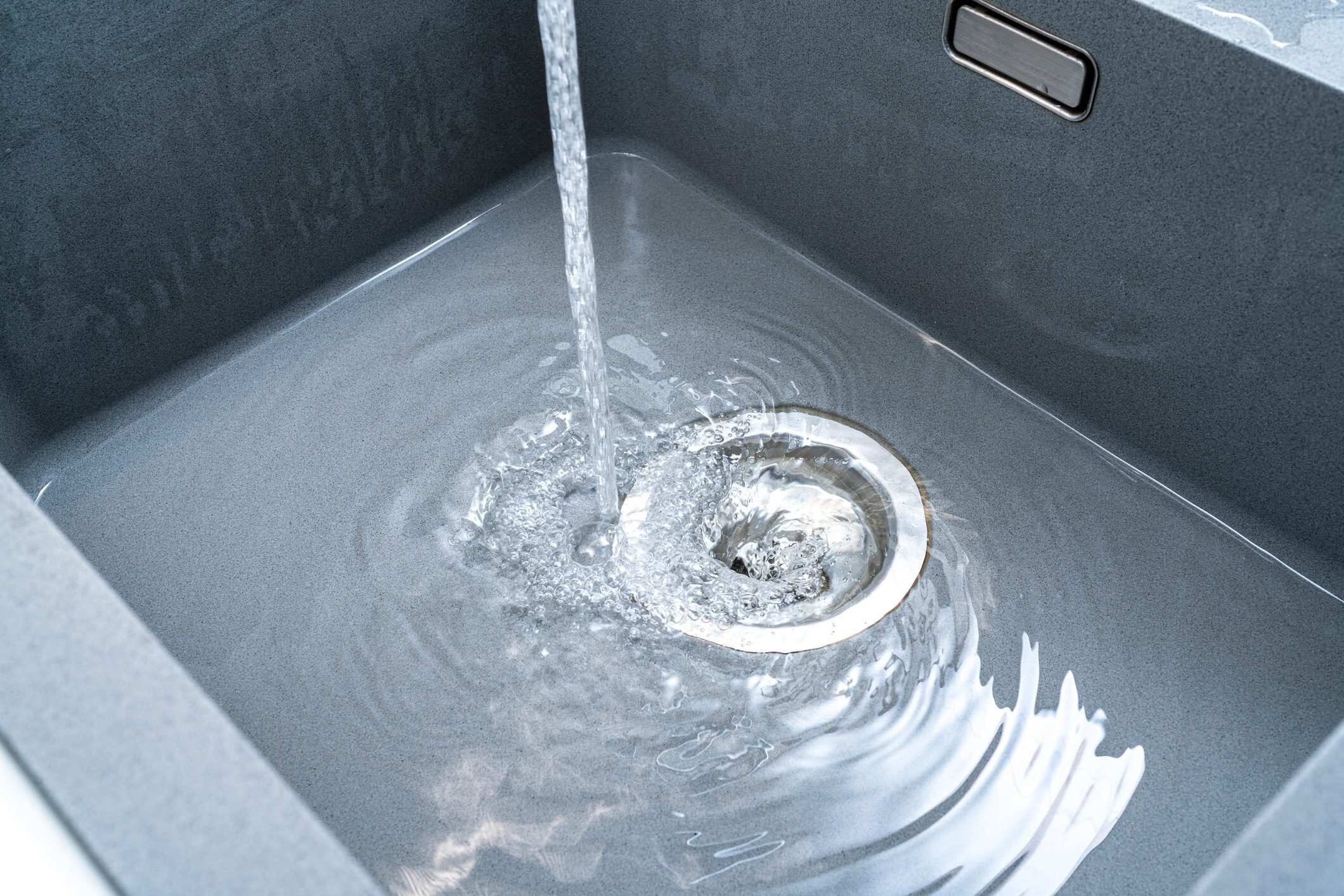

0 thoughts on “How To Remove A Drain From A Sink”